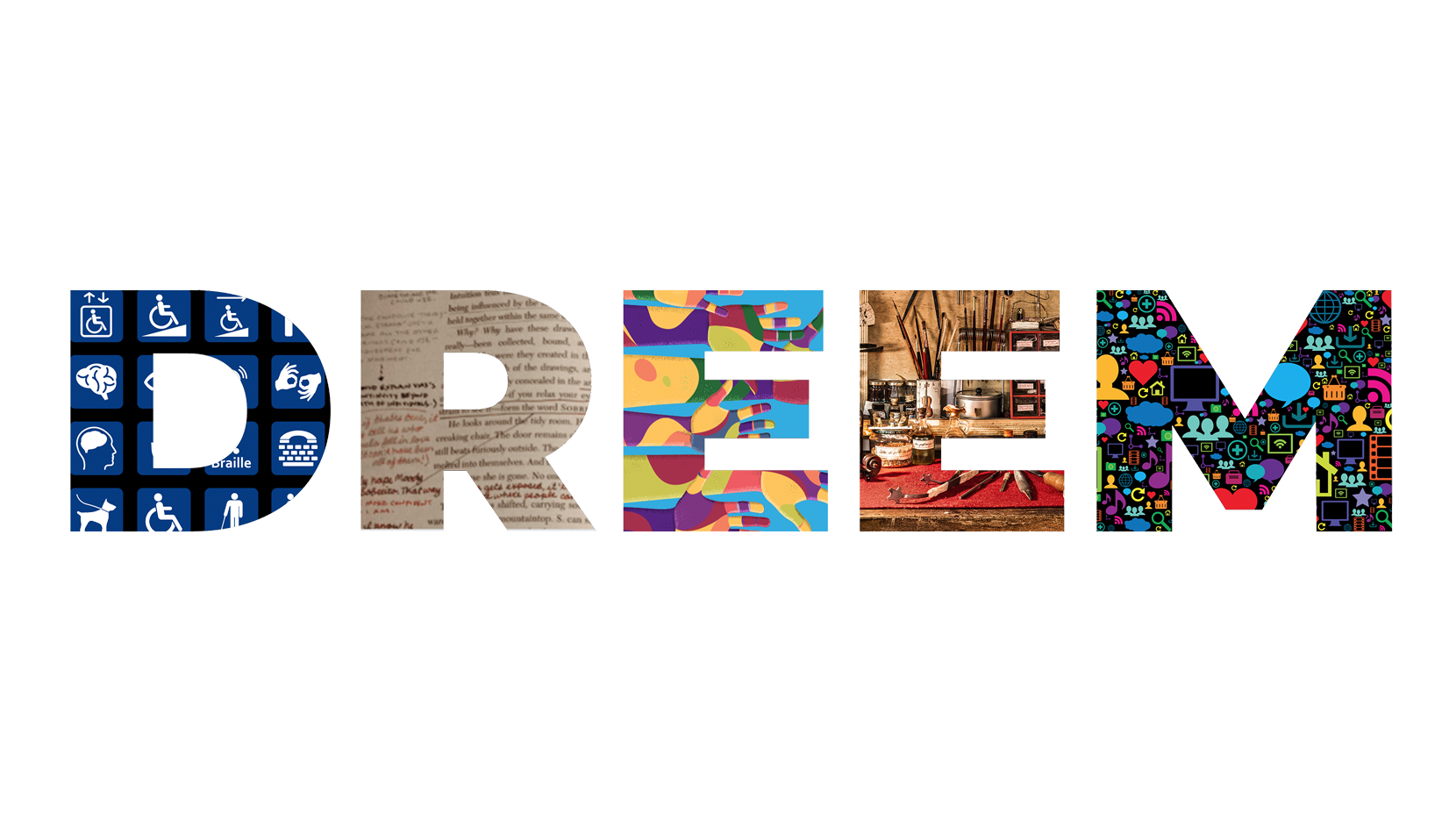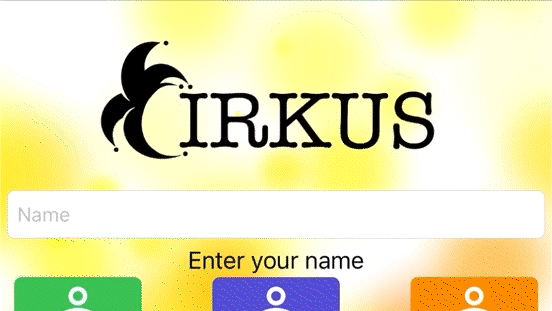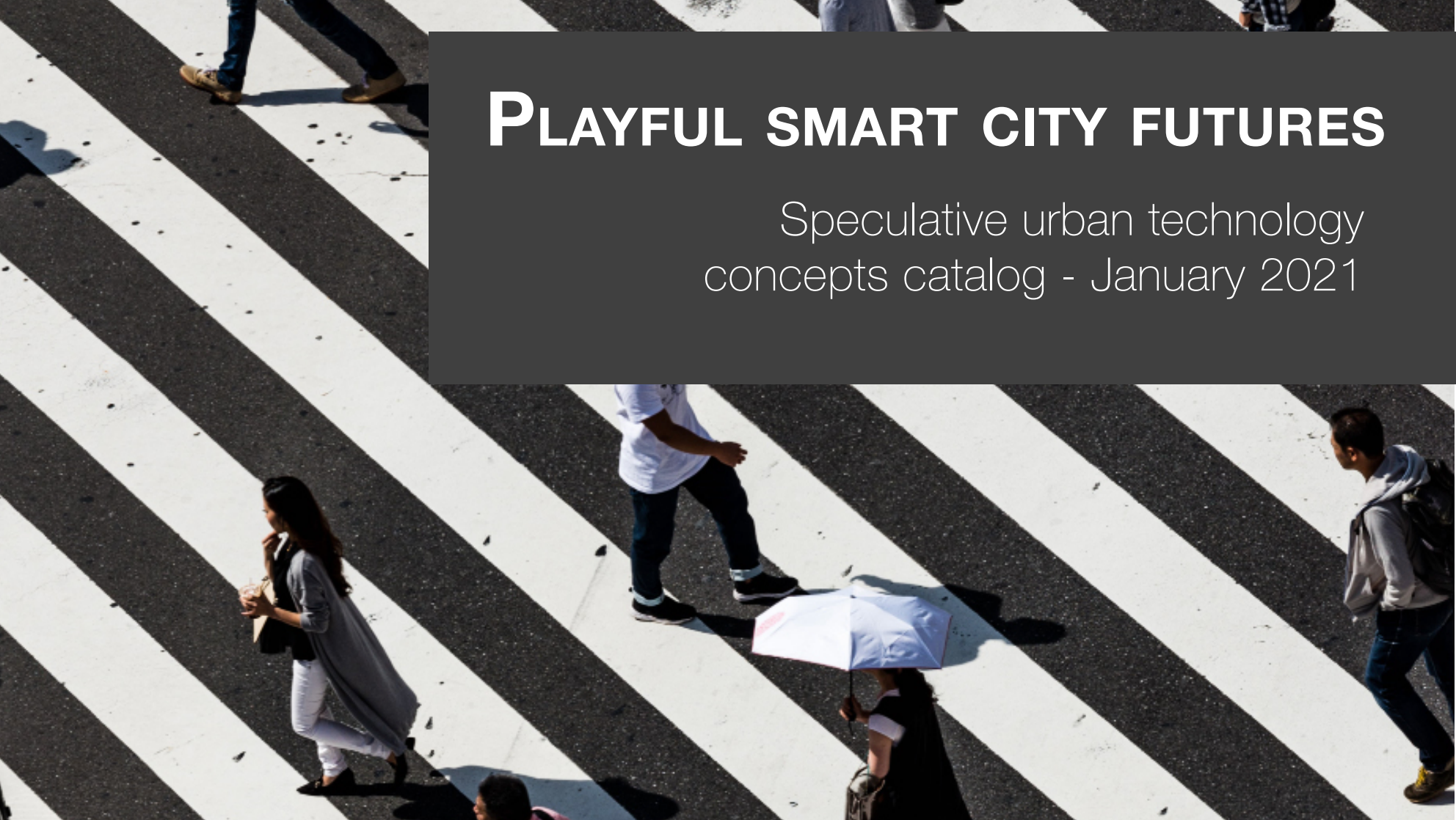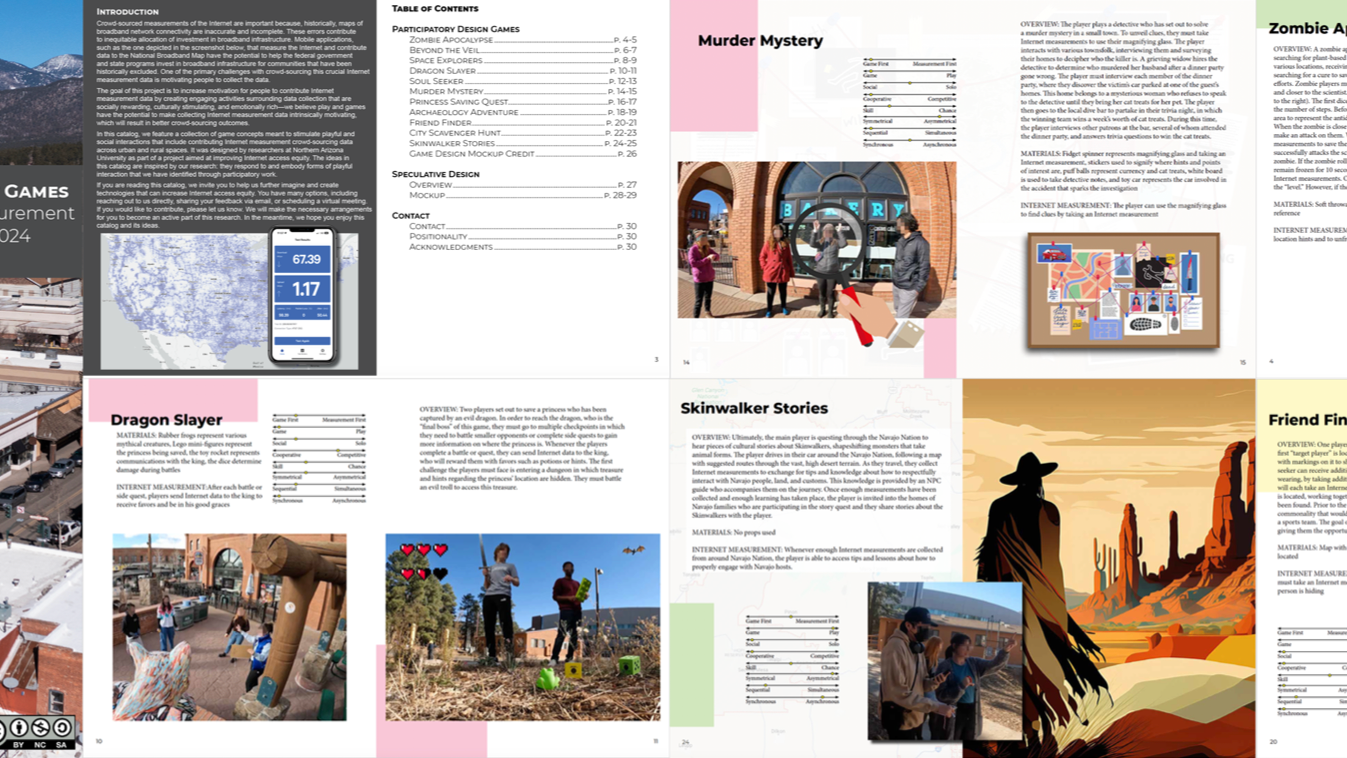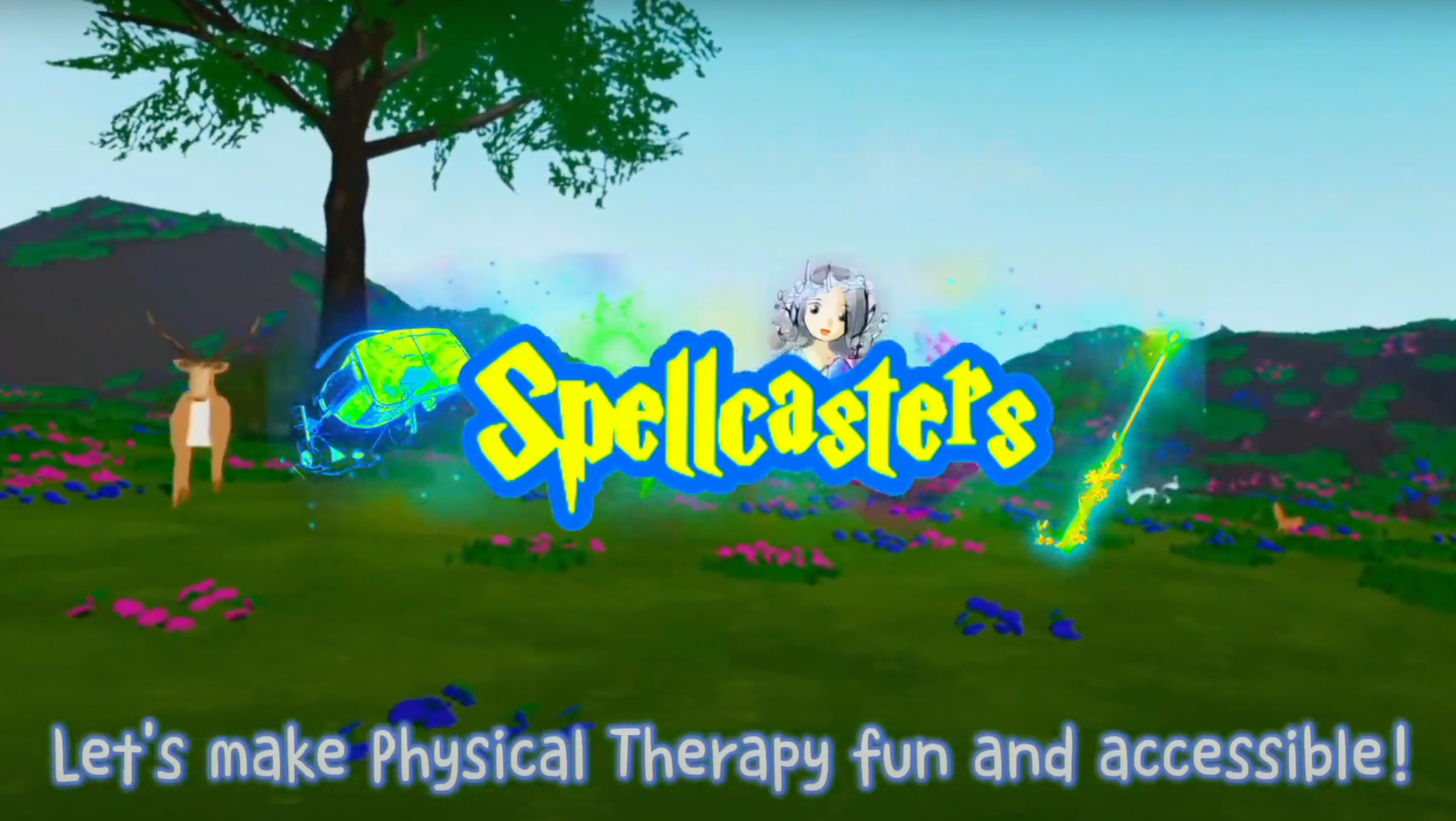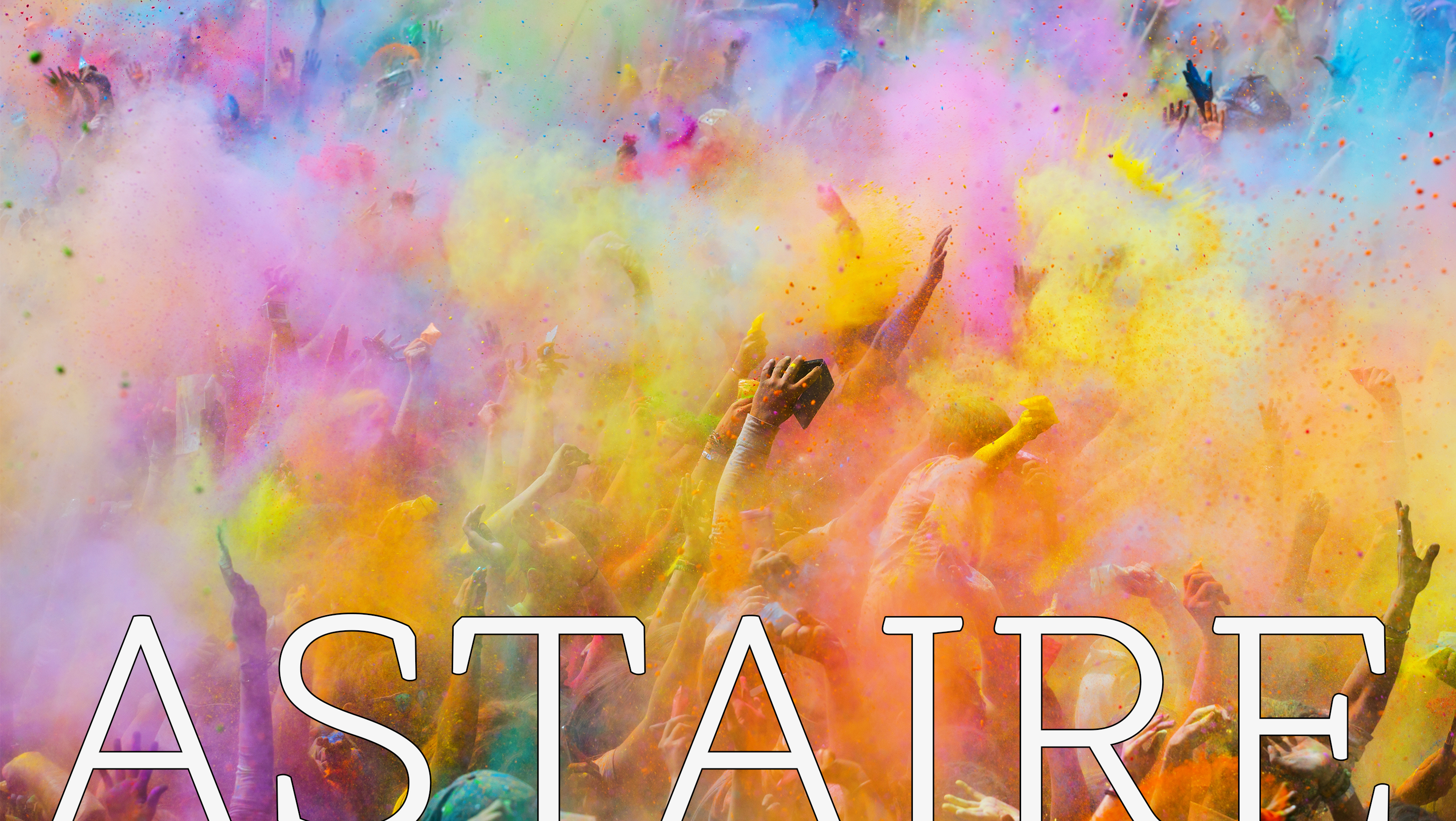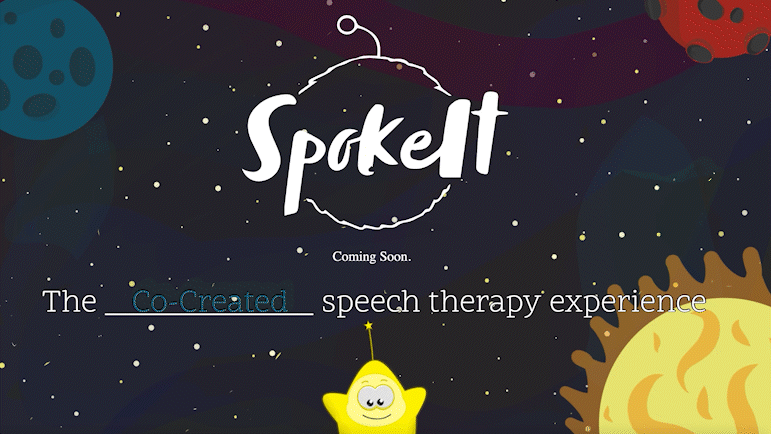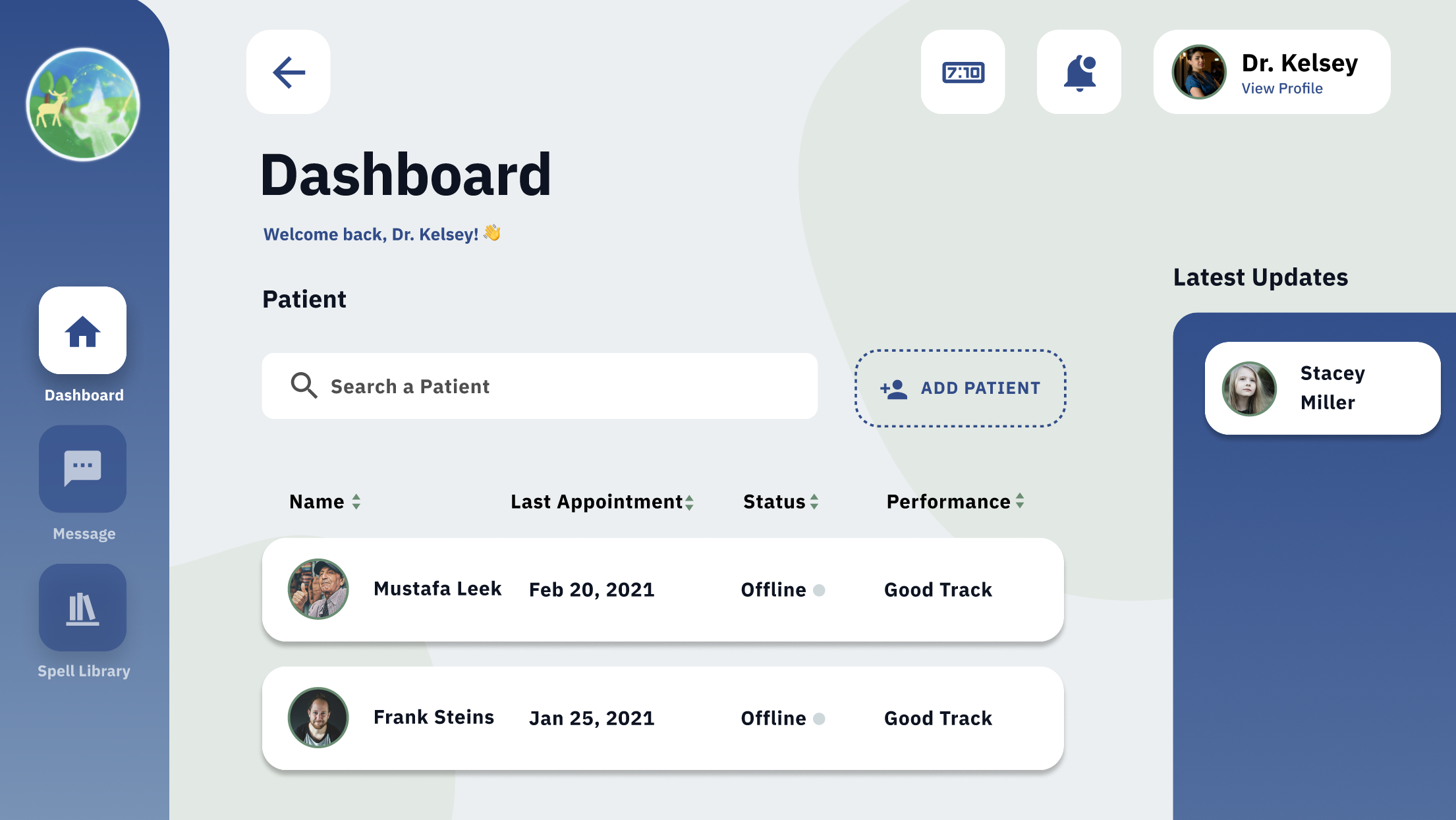Chasing Play on TikTok from Populations with Disabilities to Inspire Tech Design
There is an open call for technology to be more playful and for tech design to be more inclusive of people with disabilities. In the era of COVID19, it is often unsafe for the public in general and people with disabilities, in particular, to engage in in-person design exercises using traditional methods. This presents a missed opportunity as these populations are already sharing playful content rich with tacit design knowledge that can be used to inspire the design of playful everyday technology. I scraped play potentials from TikTok from content creators with disabilities to generate design concepts that may inspire future technology design. Below, I share 7 emerging themes from the scraped content and a catalog of design concepts.
Design Themes
Everyday Theatrical Life Sketches
Videos that showcased dramatic performances of “A day in the life of a person with a disability” were categorized into the Everyday Theatrical Life Sketches theme. Of all the 7 themes, this is the broadest, and many of the videos sorted into this theme are also sorted into many of the themes described below. Within this theme, we saw many types of dramatic performances that featured humor, skits, and reenactments. We saw many similarities in the strategies content creators used to improv methodologies used by actors. In particular, content creators would try to recreate moments that were not initially captured on camera but would enhance or dramatize it to be more appealing for their audience. These moments they tried to recreate did not always go as planned, and sometimes the bloopers created more exciting posts, much like an actor might do during an improv sketch.
Playful Advocacy
Videos that educate the general population on disability subjects were categorized into the Playful Advocacytheme. The effect of these TikToks was generally lighthearted and creative. For example, many videos described proper social etiquette related to disability that creators prefer, such as avoiding pulling blind people by the hand or tugging at their sleeves when helping them cross the street (Instead, offer your assistance, and they will tell you the best way to guide them).
Debunking Myths and Stereotypes
Posts that bring to common light misconceptions of people with disabilities are categorized into the Debunking Myths and Stereotypes theme. These videos are often formatted by illustrating the difference between how the audience thinks people with disabilities complete certain tasks versus how they actually complete tasks. Many feature solutions on how people with different disabilities complete everyday tasks that people without disabilities often would not consider, such as the affordances of different types of wheelchairs. Content in these videos is sometimes exaggerated to make a stronger point—16.12% are also categorized as Everyday Theatrical Life Sketches—but most are more serious, and many are responses prompted by disrespectful comments on the platform from trolls.
Gamification of Therapy/Rehabilitation
TikTok videos that feature games, competition and challenges that motivate completing exercises related to one's disability are categorized into the Gamification of Therapy/Rehabilitation theme. 46.81% of videos within this theme involve intense physical movement and could directly inspire exergames and physical rehabilitation serious games for health. Dance was mentioned in 41 videos (often due to viral dance challenges) and is an exciting design opportunity.
Impossible Challenges
Posts that showcase people with disabilities attempting to complete tasks that they physically cannot do without tools or assistance are categorized into the Impossible Challenges theme. What is interesting about these videos is that the demonstrations can potentially educate the general population through empathy. They showcase how disabilities can impair someone and provide a virtual sensitizing exercise by supplying outsiders with experiences that allow them to adopt the perspective of someone with a disability supporting mine/thine strategies. The public perception of disability can be improved through exposure and mutual understanding. Work in this area has the potential to motivate policy that provides reasonable access and lessens discrimination toward people with disabilities.
Perks of My Disability
Sometimes our disabilities can give us superpowers. There is a common misconception that disability is the opposite of ability, but a disability is a physical or mental condition that affects a person's movements, senses, or activities. The Perks of My Disability theme holds content that amplifies moments that creators feel empowered and more able than those without their disability. The example above shows a person using their prosthetic foot on the hot pavement to give their other foot a break from the heat. Another humorous example includes a video of an amputee detaching her prosthetic during a game of Twister to gain an advantage. As a society, we should celebrate perks of disabilities, such as the unique visuospatial abilities of people with autism. Well-designed assistive technology has the potential to empower people with disabilities uniquely.
Duet Differences
There are two primary ways people with disabilities used TikTok's “Duet” feature: to share their real-time reactions to another post or to explain how they do an activity differently from someone doing the same activity in another post. When posts used the duet feature to highlight something about the creator's disability, the video was categorized into the Duet Differences theme. There are no such things as groups on TikTok, so creators use the “Duet” feature to create communities within the social network that promote education and growth around disability awareness.
Design Concept Catalog
BeatRings
Beat Rings was inspired by a person with a neuromuscular disease called Friedreich Ataxia tracking her hand coordination progress by tapping her fingers to a viral challenge called the “#transitionChallenge” that requires a person to tap each hand at a different rate. People, regardless of their disabilities status, participated in the viral TikTok challenge, and we hypothesize that Beat Rings could be enjoyable broadly. The sketch above shows the original post that inspired this design, a mockup of Beat Rings, and how they might be used in a social setting. We envision Beat Rings to be unobtrusive rings worn on fingers and embedded with accelerometers to detect tapping and wireless communication abilities to be able to communicate with smart speakers and other smart devices. Users could wear as many rings as they wanted on whichever fingers they wanted to record actively. Each ring can be assigned an instrument or a riff, and users can play by tapping their fingers to their thumb or tapping on any other surface. Users can create Guitar Hero-type challenges to battle with friends or jam together without needing to know how to play an instrument.
Challenge Me App
The Challenge Me App is a social media concept that fosters communities of people with disabilities to skillshare, similar to DIY culture. It was inspired by many play potentials found within the Everyday Theatrical Life Sketchestheme. The figure above shows one of the posts that inspired the design and a mockup of what the app could look like. The app would foster creativity by leveraging our collective nature to develop the best solution to a specific challenge. For example, opening a door without arms could be a challenge that the app collects solutions that can be up-voted for dimensions such as originality, creativity, cost-effectiveness, complexity, delivery, accessibility, dependability, and independence. The app has the potential to foster innovation within the community, foster community building, skillshare, and inspire better assistive technology.
Bop It! Me
Bop It toys are a line of audio games that issue a random series of pre-recorded audio commands to press buttons, pull handles, twist cranks, spin wheels, and flick switches on the toy quickly as the pace of the game and the player's score increases. Bop It! Me is a design concept inspired by a TikTok viral dance challenge where a person with partial paralysis completed the dance with the help of another who moved their legs for them. The concept idea, shown above, features rigid body braces that would keep a person (paralyzed or not) in a plank position and from moving their lower body. The device has strategically placed Bop It!-style sensors such as conductive fabric, a headband for wiping one's brow, a button to bop one's hip, a sensor on a rotating base for one to “twist” or rollover, as well as an array of accelerometers to detect exercises such as push-ups. The device could support independent high scores, instructions for high-intensity, short-interval exercises, and exergames. It could be modular to customize sensors’ placement and control how physically demanding the experience is. The frame could also be modular and provide rigid support for different ability levels and challenge levels.
Sight Cartridges
Sight Cartridges is inspired by TikToks showcasing glasses that allow people who are colorblind to see color for the first time, empathy tools for simulating various vision impairments, and the asymmetrical virtual reality game titled Keep Talking and Nobody explodes. The premise of this concept, shown above is a game where players collaborate to solve visual challenges wearing glasses that afford them different visual privileges, such as being able to see color, to see a wide field of view without center clarity, or to see some areas sharply without a wide field of view. The glasses would have interchangeable cartridges that simulate different visual impairments to be used in the game and could also be used outside the game as empathy tools. Players with visual impairments would not need to use the glasses. The game itself could have various themes such as nanobots with different abilities working together to find their target, alien creatures adapting to a new planet with multiple stars, or coming to terms in a new life inside the Matrix with malfunctioning brain-computer interfaces.
Push!
Push! is a design concept inspired by a TikTok showcasing two wheelchair users pushing against a yellow block in a strength competition where they try to move the block into the other player's territory similar to Tug-of-War, shown above. This design concept would be found in an arcade where sensors are used to keep high scores, and the game could feature narratives such as personifying a bulldozer, racing as a locomotive, or spinning the wheels independently to generate music. This design concept has the potential to increase the visibility of disabilities in a safe public space, allow people to experience a wheelchair, and compete against actual wheelchair users (who would most likely win) on an equal playing field.
Wheelchairboarding
Wheelchairboarding is based directly on a TikTok video showcasing a person in a wheelchair placed on top of a skateboard speeding down the road laterally and steering by tilting forward and backward on the balanced wheelchair. This design concept is another arcade game similar to other racing arcade games that simulate various vehicles, shown above. This game has the potential to have the same visibility and empathy benefits described in Push!, but also has the potential to provide a safe space for wheelchair users to practice skateboarding.
Spy Vest
Spy Vest is inspired by a series of TikToks from mothers sharing ideas and strategies for raising children with Autism Spectrum Disorder, such as finishing chores before getting the WiFi password or creating soothing sensory experiences. Many of the mothers expressed difficulty motivating their children to get physical activity. Spy Vest, shown in above is a wearable design concept featuring earbuds, accelerometers, haptic feedback, and a water squirt gun that can be enabled and disabled by the tech. The vest feeds secret missions to the child through the earbuds and uses the sensors to validate that the exercises are being performed. As a reward, the child gets a final puzzle that unlocks the WiFi and allows them to shoot water at their parents and siblings.
Rant Booth
Rant Booth is inspired by TikTok videos featuring people with disabilities ranting about the public infrastructure that handicaps them and from videos where content creators find strangers in public spaces and interview them about their lives and donate crowd-sourced funds to those in need. Rant Booth, shown above, is a private booth located in accessible public spaces that playfully lures people in and prompts them to rant about challenges in their community. The booth would create a montage of humorous themed animations and altered voices using machine learning sent to policy-makers and local officials, prompting them to invest in a more universally accessible infrastructure based on community feedback.
My Role
I was lead researcher on this work. I supervised a group of 6 high school interns who worked with me full time in the summer of 2021 to scrape content from TikTok and generate the design catalog.

